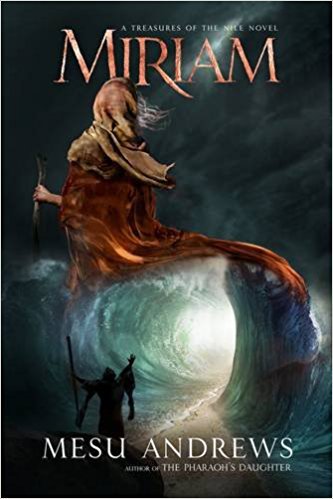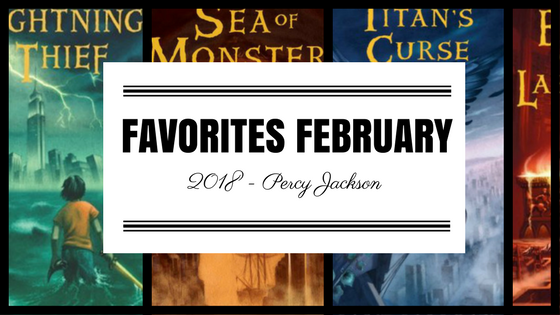For some reason, our generation is positively obsessed with sick kids. From The Fault in Our Stars, to Everything, Everything, to A Walk to Remember, it’s kind of crazy how many tragic terminally ill teenage romances I’ve read and then watched a movie adaptation of in my young life. Growing up, I never found any of them to be terribly offensive or annoying, until I watched a movie that changed my entire perspective on the sick kid trope, and made me realize that the best way to treat these cliches is to absolutely avoid them at all costs. That film is Me and Earl and The Dying Girl, and it’s a film that you most certainly need to watch as soon as you can.
Me and Earl starts with a character who is so clearly selfish, unkind, insecure, and lost, that you start to wonder if you’re actually watching a cancer movie. These films, from Augustus Waters to Landon Carter, are almost always marked by a male character who is smart, inhumanly kind, and a perfect match for the cancer-ridden girl they will eventually fall in love with. These characters do things like write songs for the girl, or speak in literature quotes, or hold cigarettes in their mouths without lighting them and wax poetic about it, when in reality, that’s pretty dumb and there isn’t a boy in the world who behaves that way. Greg, the beau of Me and Earl, is none of these things. He’s a normal, super awkward guy who avoids any real friendships because he’s petrified of being rejected, and when Rachel, a girl in his class, is diagnosed with leukemia, he doesn’t care that much, but his mom forces him to go over to her house and hang out with her. He tells Rachel so too, because she doesn’t want his pity and he lets her know very clearly, “I’m only hanging out with you so that my mom will stop nagging me.” This painfully honest, massively unpleasant character does nothing to improve Rachel’s life on his own, and does not help her get through her cancer at all until his friend/business partner Earl comes over and forces Greg to be a nice person.

Now, you might ask, “How in the world am I supposed to relate to someone who is so clearly a garbage human?” I’ll tell you how: Greg is real. He doesn’t tiptoe around Rachel’s sickness, he does things like accidentally telling a girl with leukemia to pretend to be dead when people try to say they’re sorry she’s sick. He goes on long, weird spiels about how he finds pillows attractive, and he makes so many foot-in-mouth mistakes it’s almost painful. Greg is not a manic pixie dream boy who changes Rachel’s life so radically that she survives due to his sheer wonderfulness. He is not a romantic interest for someone who is going through the worst time of her life. Rather, Greg is just himself; a film-obsessed teenager who is terrified of connection because he knows it always ends in disconnection. He is your unreliable, unbearable narrator, but he’s unbearable because he is all the worst parts of yourself, all the moments of your high school years that you would rather forget.

Rachel isn’t a perfect person just because she’s sick either. In many of these films, the girl with cancer is a beautiful singer, a writer, a poet, and she speaks in lovely prose, constantly spewing amazing quotes that teenagers will use as Instagram captions and emotional Tweets for years. Rachel isn’t this trope. She is someone who’s scared, someone who knows that people are hanging out with her just because they feel bad for her. She is a girl in pain who makes decisions that aren’t noble, and who pushes people away angrily. Rachel’s character is perhaps one of the most beautiful and well-developed in the entire film, in that she creates positive change in Greg’s life, not by molding and transforming him herself, but by becoming a mirror for the fact that he sucks. She is the central anchor to the film, but the story is one of Greg growing into a man, someone who maybe isn’t the absolute worst, and learning that loss is part of life, and that fear of rejection shouldn’t stop you from building bonds and relationships.
On top of a wonderful story, visually, this film is absolutely beautiful. From the fun claymation cut scenes of Greg’s hyperbolic thoughts, to the memorable shots of things like Greg walking into the cafeteria, or Rachel, Greg, and Earl sitting on the steps of the ice cream shop after accidentally eating weed cookies, these are images that stick with you as you leave the movie, and it’s one of the most enjoyable moviegoing experiences I’ve ever had.
To conclude, Me and Earl and the Dying Girl is an experience that not a lot of people had, but that everyone ought to watch. It’ll change your perspective, make you belly laugh, and show you everything you never knew you wanted from a sick kid movie, without even feeling like something that’s supposed to be a Hollywood-ified tearjerker. If you get the chance this week, I’d highly recommend giving it a watch, because it’s two hours that you’ll be glad you used on such a fantastic film.
Advertisements Share this:




